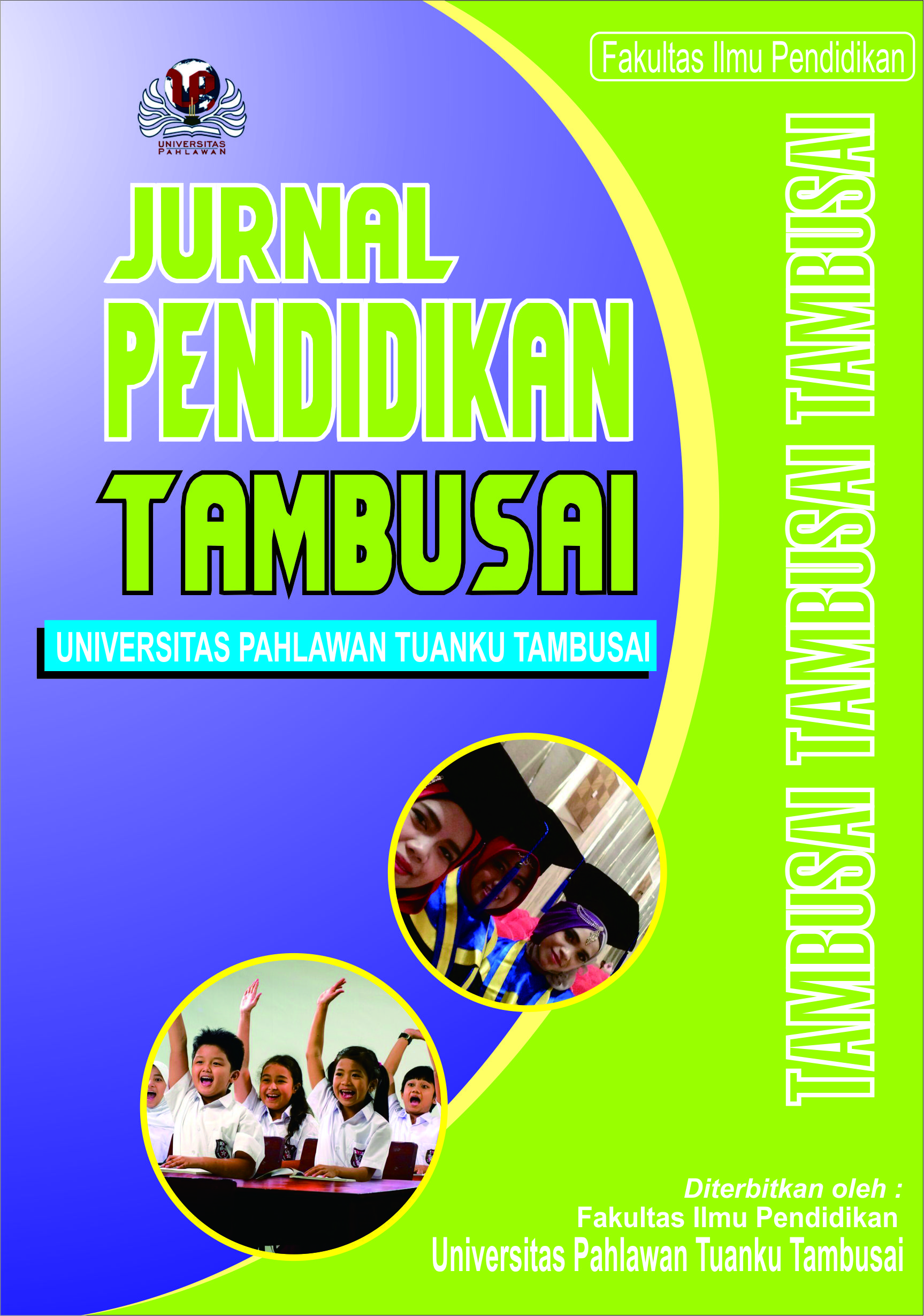Verba Penglihatan Bahasa Batak Toba: Kajian Metabahasa Semantik Alami
DOI:
https://doi.org/10.31004/jptam.v8i1.14600Keywords:
Verba Penglihatan, Komponen Semantis, Kategorisasi, Struktur Semantis, Peran SemantisAbstract
References
Adawiyah, Rabiyatul dan Ahmad Abdan Syakur. (2022). “Verba Keadaan Tipe Melihat Bahasa Bima, Kajian Metabahasa Semantik Alami”. Jurnalistrendi, 7 (2). (Tersedia di http://ejournal.unwmataram.ac.id/trendi)
Badan Pusat Statistik Kabupaten Samosir. (2015). https://samosirkab.bps.go.id/statictable/2016/08/04/3/jumlah-penduduksamosir-berdasarkan-jenis-kelamin-dan-kecamatan-tahun-2015.html. (Diakses tanggal 16 Mei 2023)
Butar-Butar, Junita, R. (2008). “Peran Semantis Verba Bahasa Batak Toba”. (Skripsi). Medan: Universitas Sumatera Utara.
Goddard, C. (2012). “Semantis molecules and semantis complexity: (with special reference to "environmental" molecules)”. Annual Review of Cognitive Linguistics 8 (1): 123-155. (Diakses tanggal 2 November 2022, tersedia di www.researchgate.net)
Leech, G. (1981). Semantis. England : Penguin Books.
Mulyadi. (1998). “Struktur Semantis Verba Bahasa Indonesia”. (Tesis). Medan: Universitas Sumatera Utara.
Mulyadi. (2000a). “Struktur Semantis Verba Bahasa Indonesia”. Linguistika, Vol 13, 40-51. (Diakses tanggal 31 Oktober 2022, tersedia di www.researchgate.net)
Mulyadi. (2000b). “Struktur Semantis Verba Penglihatan dalam Bahasa Indonesia”. Linguistik Indonesia, 18 (2): 77-89. (Diakses tanggal 31 Oktober 2022, tersedia di www.researchgate.net)
Mulyadi. (2003). “Struktur Semantis Verba Tindakan Bahasa Indonesia”. USU Digital Library. (Diakses tanggal 4 November 2022, tersedia di www.researchgate.net)
Mulyadi dan Rumnasari K. Siregar. (2006). “Aplikasi Teori Metabahasa Makna Alami dalam Kajian Makna”. Logat, Vol 2, 69-75. (Diakses tanggal 4 November 2022, tersedia di www.researchgate.net)
Mulyadi. (2009). “Kategori dan Peran Semantis Verba dalam Bahasa Indonesia”. Logat, Vol 5 (1): 56-65.
Mulyadi. (2012). “Verba Emosi Bahasa Indonesia dan Bahasa Melayu Asahan: Kajian Semantik Lintas Bahasa”. (Disertasi). Denpasar: Program Pascasarjana Universitas Udayana.
Panggabean, Sarma. (2013). “Konstruksi Tipologi Sintaksis Bahasa Batak Toba”. (Tesis). Medan: Universitas Sumatera Utara.
Rehana, Ridha. (2016), “Struktur dan Peran Semantis Verba Ambil dalam Bahasa Aceh”. (Tesis). Medan: Universitas Sumatera Utara.
Rosa, Rusdi Noor. (2018). “The Meanings of Minangkabaunese Verb ‘Mancaliak’: A Natural Semantis Metalanguage Approach”. Lingua Didaktika, 12 (1). (Tersedia http://ejournal.unp.ac.id/index.php/linguadidaktika/index)
Saeed, J. (2003). Semantis ‘second edition’. Blackwell: USA/UK.
Sipayung, M. (2017). “Verba Persepsi dalam Bahasa Simalungun Kajian Metabahasa Semantik Alami”. (Skripsi). Medan: Universitas Sumatera Utara. (Tersedia di https://docplayer.info/97314931-Verba-persepsi-dalam-bahasa-simalungun-kajian-metabahasa-semantik-alami.html)
Suastini, Ni Wayan. (2014). “Kajian Metabahasa Semantik Alami Verba Melihat dalam Bahasa Bali”. Sphota, 6 (2). (Tersedia di https://e-journal.unmas.ac.id)
Sudaryanto. (2015). Metode dan Aneka Teknik Analisis Bahasa: Pengantar Penelitian Wahana Kebudayaan secara Linguistis. Yogyakarta: Sanata Dharma University Press.
Warneck, J. (2001). Kamus Batak Toba Indonesia. (P. Leo Joosten, OFMCap, Penerjemah). Medan: Bina Bakti.
Wijana, I. D. P. (2019). Pengantar Semantik Bahasa Indonesia. Yogyakarta: Pustaka Belajar.
Wierzbicka, A. (1996). Semantiss Primes and Universal. Oxford: Oxford University Press.
Downloads
Published
How to Cite
Issue
Section
Citation Check
License
Copyright (c) 2024 Darmaya Fitri Riris Sigiro

This work is licensed under a Creative Commons Attribution-ShareAlike 4.0 International License.
Authors who publish with this journal agree to the following terms:
- Authors retain copyright and grant the journal right of first publication with the work simultaneously licensed under a Creative Commons Attribution License that allows others to share the work with an acknowledgement of the work’s authorship and initial publication in this journal.
- Authors are able to enter into separate, additional contractual arrangements for the non-exclusive distribution of the journal’s published version of the work (e.g., post it to an institutional repository or publish it in a book), with an acknowledgement of its initial publication in this journal.
- Authors are permitted and encouraged to post their work online (e.g., in institutional repositories or on their website) prior to and during the submission process, as it can lead to productive exchanges, as well as earlier and greater citation of published work (See The Effect of Open Access).



